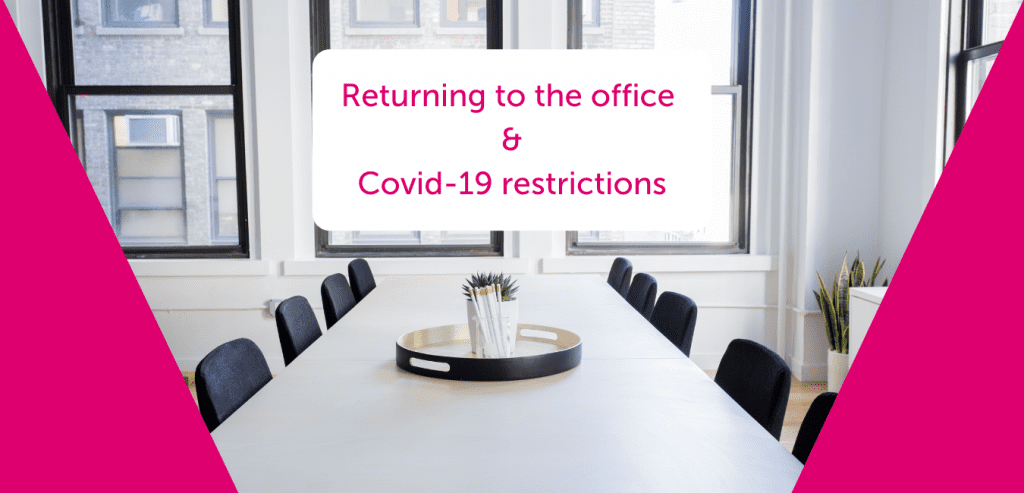
Since the government advice to work from home was lifted earlier this year and employees have been making their way…

Since the government advice to work from home was lifted earlier this year and employees have been making their way…

Flexible working isn’t new. In fact, research shows that many of us (87%) wanted to work on a more flexible…

It’s no secret that hundreds of small businesses are suffering from increased wage costs and staff shortages. These issues span…

The pandemic has been transformative in many ways. It has changed how we view our health, how we communicate and,…

Wouldn’t life be simple if you could guarantee that your invoice would get paid on time every time? Sadly, this…

Many people find it hard to return to work after the long Christmas and New Year slowdown, but the pandemic…

Small business owners hopes for some crumbs of comfort from the chancellor in his budget and autumn statement were dashed. The triple hit on small businesses coming from April 2022 is still very much happening.

How to Recover Your Accounts Receivables After Covid-19 The pandemic has not been kind to business. Many companies have struggled…

Even though there are no longer any legal covid-19 restrictions in England, here at 1 Accounts we will be keeping…

Just thinking about how much the government has forked out during the COVID-19 crisis is scary; never mind hearing the…